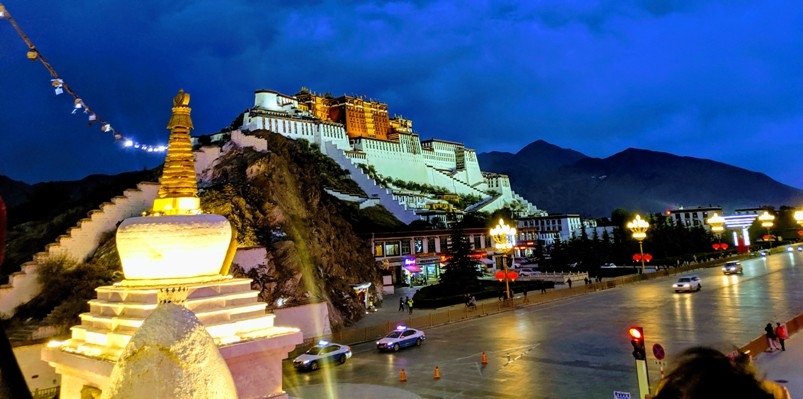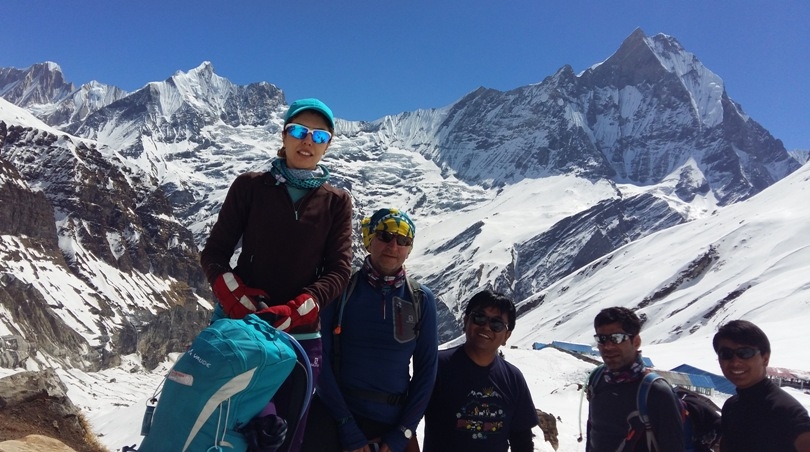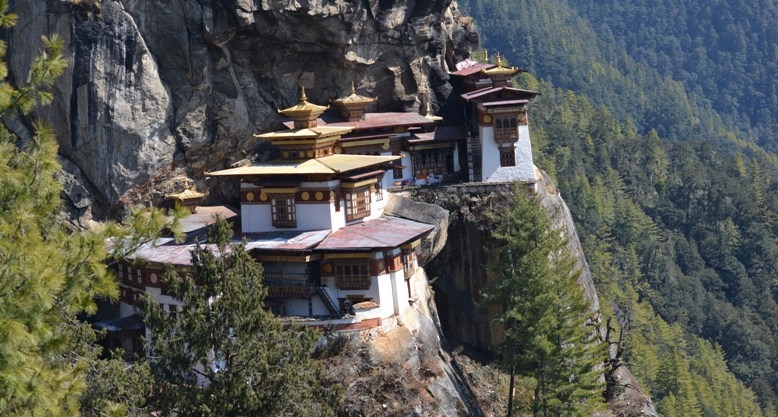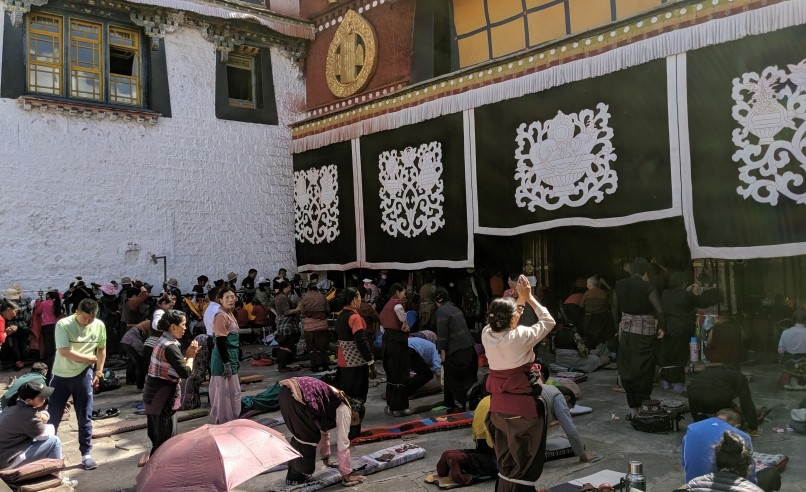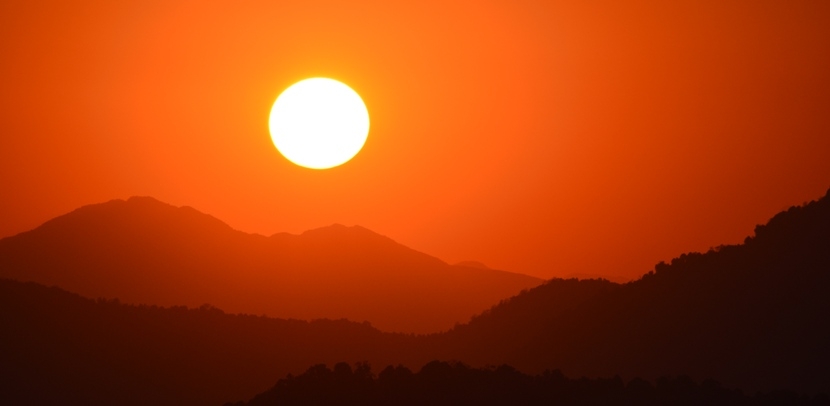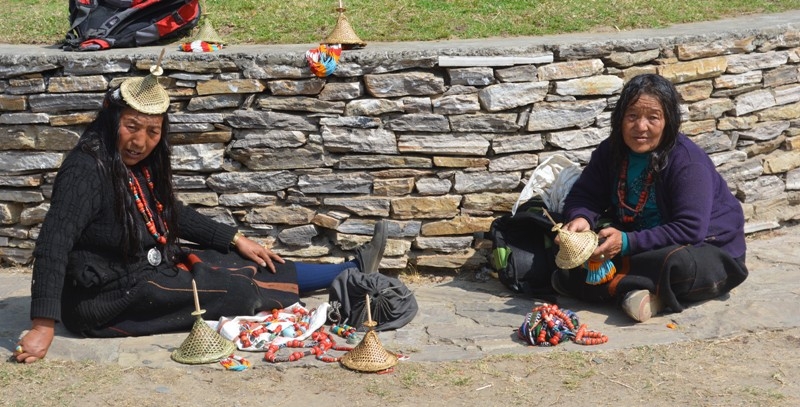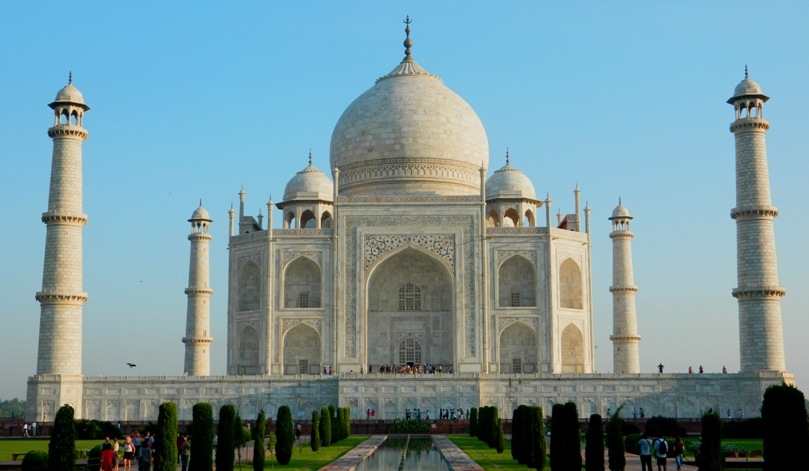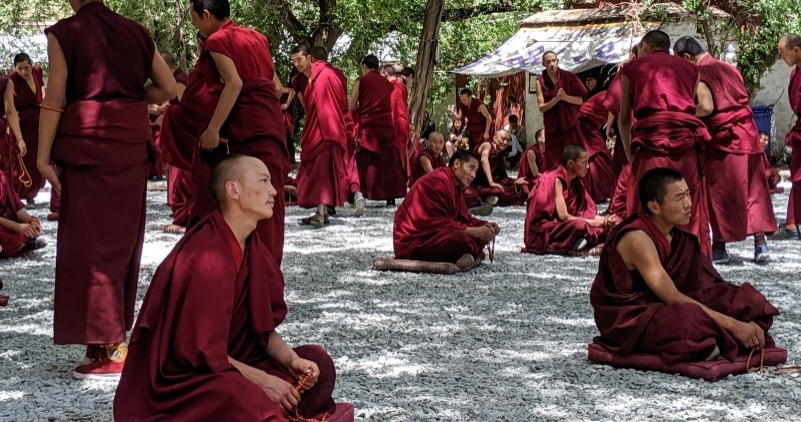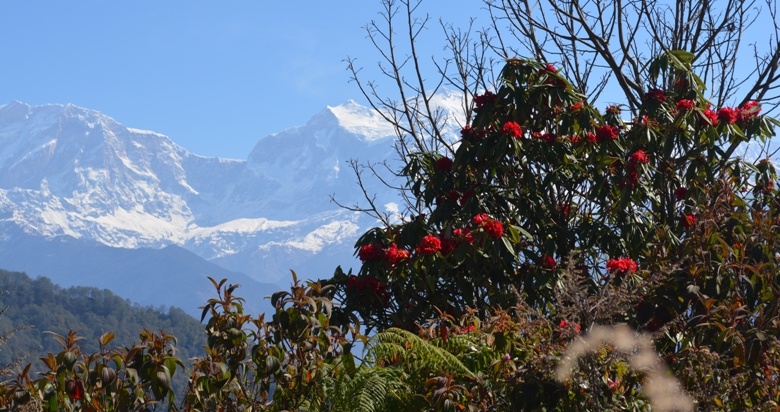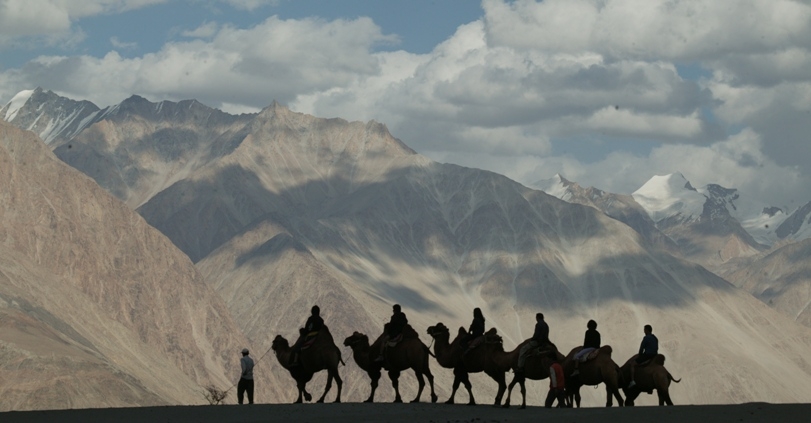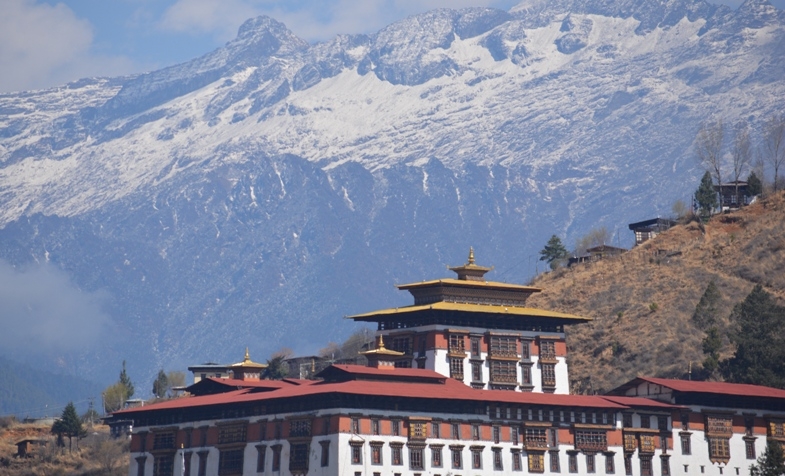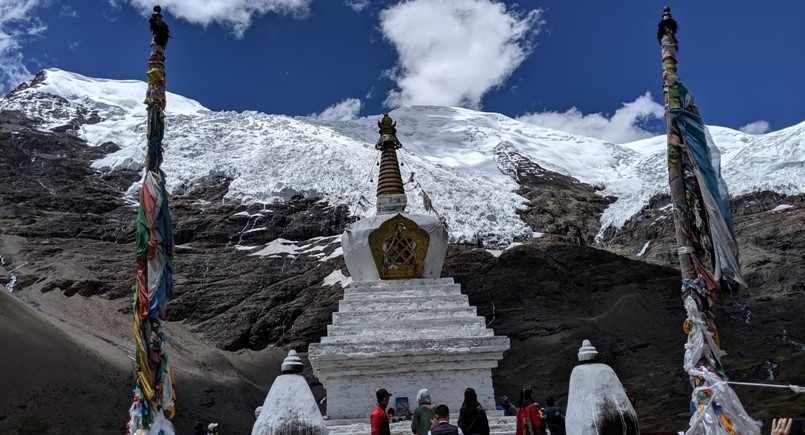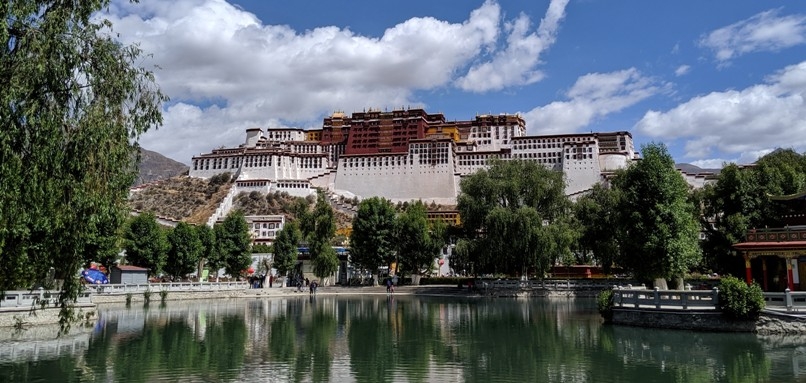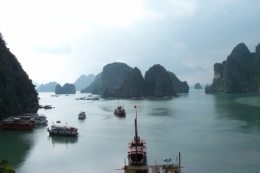
Begin the tour from the capital of Cambodia Phnom Penh, the largest religious complex in the world, with some of the magnificent architects in the South East Asia. Continue to Siem Reap, literally "Siam Defeated", commemorates a Khmer victory over the neighboring kingdom of Thailand, is quite laid-back and all in all a pleasant place to stay while touring the temples.
In Vietnam, visit Saigon, then to Hue, the old Capital of Vietnam and Hoi An. Enjoyr scenic mountainous roads with spectacular views over the coastline to Hoi An. Take an excursion to Halong Bay on a boat in Hanoi before leaving for Laos.
Vientiane, the capital of Laos still feels like a sleepy city with relaxed charm, tree-lined boulevards, interesting wats and colorful markets. Continue to Luang Prabang, one of the UNESCO World Heritage sites before ending your trip.
- Day 01 Arrive Phnom Penh, transfer to Hotel
- Day 02 Tour Phnom Penh, fly to Siem Reap
- Day 03 Tour Siem Reap
- Day 04 Tour Siem Reap, Fly to Saigon
- Day 05 Tour Saigon
- Day 06 Excursion Cu Chi Tunnels & Tay Ninh
- Day 07 Fly Saigon-Hue, and tour Hue.
- Day 08 Tour Hue
- Day 09 Hue - Hoi An (Breakfast )
- Day 10 Hoi An- Danang, fly to Hanoi
- Day 11 Excursion to Halong Bay,
- Day 12 Fly Hanoi -Vientiane
- Day 13 Tour Luang Prabang
- Day 14 Excursion to Tham Pak Ou Caves
- Day 15 Luang Prabang - U.S. or extension
Day 01 Arrive Phnom Penh, transfer to Hotel
Upon arrival in Phnom Penh, you will be met and transferred to hotel.
Ovenright Phnom Penh.
Day 02 Tour Phnom Penh, fly to Siem Reap
Explore PHNOM PENH, a chaotic, energetic and always fascinating city. Graceful tree-lined boulevards and riverfront promenades are reminders of bygone eras. Today they teem with life and activity, as motorcycles weave in and out of traffic, vendor hawk their wares, and pedestrians go about their business.
Start your tour at WAT PHNOM, the birthplace of the capital; according to legend the city began here when a woman named Penh found four Buddha statues and built the temple to house them. Afterwards, see the splendor of Cambodia's royal heritage by visiting the ROYAL PALACE, still the official residence of King Norodom Sihamoni, the adjacent SILVER PAGODA, also known as the Pagoda of the Emerald Buddha, and the elegant NATIONAL MUSEUM, which contains a comprehensive collection of Khmer art.
In the afternoon, learn about a chapter from Cambodia's more recent, tragic, past at the TUOL SLENG MUSEUM (Museum of Genocide). Formerly the Tuol Svay Prey High School, in 1975, this became the interrogation and torture facility for the Khmer Rouge regime - at that time known as Security Prison 21, or simply S-21. Kept largely unchanged, this prison now showcases photographs and exhibits about the thousands of victims that passed through these doors - only seven of whom came out alive.
Finally, explore the modern-day city, visiting one of Phnom Penh's two great markets, the CENTRAL MARKET, located in a distinctive domed Art Deco building (Central Market is currently underconstruction but can be visited as usual), OR the sprawling RUSSIAN MARKET, a labyrinth of stalls selling everything from CDs and DVDs to silks, crafts, jewelry and more.
Later afternoon, take a flight from Phnom Penh to Siem Reap. Trasnfer to hotel.
Overnight Siem Reap
Day 03 Tour Siem Reap
In the morning, visit the antique capital of Angkor Thom (12 century) : the South Gate with its huge statues depicting the churning of the ocean of milk, the Bayon Temple, unique for its 54 towers decorated with over 200 smiling faces of Avolokitesvara, the Phimeanakas, the Royal Enclosure, the Elephants Terrace and the Terrace of the Leper King.
In the afternoon, Visit to the most famous of all the temples on the plain of Angkor: Angkor Wat. The temple complex covers 81 hectares and is comparable in size to the Imperial Palace in Beijing. Its distinctive five towers are emblazoned on the Cambodian flag and the 12th century masterpiece is considered by art historians to be the prime example of classical Khmer art and architecture.
Buffet Dinner and enjoy Khmer Traditional Dance Show at local restaurant.
Overnight Siem Reap.
Day 04 Tour Siem Reap, Fly to Saigon
Visit Roluos Group Temples.
In the morning, visit the BANTEAY SREI, considered to be the jewel of classical Khmer art. Built in pink sandstone, the walls are covered in exquisitely preserved carvings of unusual delicacy. Because of its small size, fairy-like atmosphere and extraordinary examples of Khmer sculpture, this temple is often a favorite with visitors. Continue to BANTEAY SAMRE is a mid-12th century temple dedicated to the god Vishnu.
In the afternoon visit to Ta Prohm, one of the area’s most beautiful temples. Ta Prohm has been relatively untouched since it was discovered and retains much of its mystery. Visit as well to the unique interior brick sculptures of Prasat Kravan, Srah Srang ("The Royal Baths" was once used for ritual bathing), Banteay Kdei (surrounded by 4 concentric walls).
Transfer to Siem Reap international airport, and fly to Saigon in Vietnam. You will be met and transferred to hotel.
Overnigth Saigon.
Day 05 Tour Saigon
A vibrant metropolis, SAIGON teems with energy, activity and motion. Everywhere you look, you see the meeting of traditional and modern life. The emerging modern skyline stands cheek by jowl with colonial buildings and traditional temples. Outside on the streets, young professionals zip by on motorcyles, chatting on cellphones; inside the quiet temple courtyards, worshippers pray amidst clouds of incense.
Begin your tour of this exciting city with a tour of the historic center, strolling along DONG KHOI STREET, formerly known as the Rue Catinat, the main shopping thoroughfare and heart of old colonial Saigon. Pass by classic European-style landmarks such as the ornate CITY HALL (HOTEL DE VILLE), the old OPERA HOUSE (both may only be viewed from the outside), and pay a quick visit to the neo-Romanesque NOTRE DAME CATHEDRAL and the CENTRAL POST OFFICE.
Continue with a tour of the REUNIFICATION PALACE. Formerly the Independence Palace of the South Vietnamese president, this 60s style uwas famously stormed by tanks on April 30, 1975 signifying the fall of South Vietnam. It has been preserved in its original state, and the original tanks remain on display near the entrance gates. Continue to the harrowing WAR REMNANTS MUSEUM, which comprehensively documents the travails of the long Vietnam- American War. Inside are detailed photographic exhibitions; outside is a collection of tanks, planes and weapons. A powerful experience, this museum is guaranteed to provoke strong emotions. Afterwards driving to the historic center to visit EMPEROR OF JADE PAGODA, one of Saigon's most interesting pagoda.
In the afternoon, head out to CHOLON (CHINATOWN). Explore the highlights of this fascinating area, beginning with a brief visit to BINH TAY MARKET, the vast wholesale market selling every kind of good from dried foods to T shirts to electronics. Continue to THIEN HAU PAGODA, build by the Cantonese congregation and dedicated to the heavenly goddess. End your tour at the central BEN THANH MARKET, where vendors display a vast array of goods and handicrafts, appealing to every taste.
Overnight Saigon
Day 06 Excursion Cu Chi Tunnels & Tay Ninh
Day 07 Fly Saigon-Hue, and tour Hue.
Early morning flight from Saigon to Hue. Hue served as the capital of Vietnam for more than 140 years. It houses ancient temples, imperial buildings and French-style edifices. It was established in the 17th century.
Visit the Imperial Tombs of Tu Duc and Khai Dinh. Venture into the countryside around Hue to the IMPERIAL TOMB OF TU DUC. Tu Duc, the longest reigning Vietnamese emperor, designed and built this elegant tomb during his lifetime, using it as a retreat for meditation, reading and theater performances. Take some time to soak in the tranquil atmosphere, wandering among the gracefully proportioned pavilions, courtyards and lotus ponds. Afterwards visit the IMPERIAL TOMB OF KHAI DINH, dramatically located on a hillside. The last of the monumental tombs of the Nguyen dynasty, completed in 1931, this tomb incorporates distinct European elements into the traditional Vietnamese architecture.
Overnight Hue.
Day 08 Tour Hue
Explore the Old Imperial City.
Located in the heart of Hue is the IMPERIAL CITADEL, a vast complex built in the early 19th century and modelled after the Forbidden City of Peking. The original walls stretched for 10 km and were surrounded by a wide moat. Today, most of the buildings have been destroyed due to bombing during the Vietnam-American War, but the monuments that remain provide a fascinating glimpse into the court life of the Nguyen Dynasty.
Approach the city past the striking FLAG TOWER, where a giant Vietnamese flag waves proudly overhead, to the imposing NGO MON GATE, the main entrance to the Imperial Enclosure. Enter into an area of spacious courtyards and serene lotus ponds, and visit DIEN THO Residence ( Dien Tho palace) is where the Queen mother lived, visit THAI HOA PALACE, the magnificently decorated reception hall, the HALLS OF THE MANDARINS, and the original NINE DYNASTIC URNS, among other sites.
Excursion to Thien Mu Pagoda and Tomb of Emperor Minh Mang with boat trip
Enjoy a leisurely boat ride down the PERFUME RIVER, stopping first at the iconic THIEN MU PAGODA, an elegant seven-tiered octagonal tower which has become Hue's most widely recognizable monument. Continue cruising into the countryside to the IMPERIAL TOMB OF MINH MANG, a majestic complex of courtyards, pavilions and temples in a beautiful natural setting.
Overnigth Hue.
Day 09 Hue - Hoi An (Breakfast )
Day 10 Hoi An- Danang, fly to Hanoi
Trasnfer to Danang and fly to Hanoi. Sightseeing in Hanoi with a visit by cyclo to the Old Quarter.
Although it is the modern-day capital of Vietnam, HANOI still retains the mystery and charm of past centuries. Narrow lanes and traditional shophouses invite exploration by cyclo, while its many beautiful public spaces - lakes, parks, tree-lined boulevards and monuments - give the city an air of elegance and harmony with nature unique among Asian capitals. Begin your day visiting the TEMPLE OF LITERATURE, a peaceful series of walled courtyards and graceful gateways, and one of the best surving examples of traditional Vietnamese architecture. Founded in 1070 and dedicated to Confucius, this was also the site of Vietnam's first university.
Continue to the miniature ONE PILLAR PAGODA. Also dating from the 11th century, this monument was rebuilt after being destroyed by the French in 1954. Today it stands near the vast HO CHI MINH MEMORIAL COMPLEX, a lovely park setting which is home to Ho Chi Minh's final resting place, as well as a museum and other memorials. Begin at the HO CHI MINH MAUSOLEUM, where visitors can pay respects to the embalmed body of Ho Chi Minh. The Mausoleum is closed in the afternoons, on Mondays and Fridays, and closes annually in October and November for restoration. Continue through the park to HO CHI MINH'S STILT HOUSE, the simple two-room dwelling where Ho Chi Minh lived from 1948 until his final days. Preserved in the same condition as during his life, it may be viewed through the windows.
Afterwards head to HOAN KIEM LAKE, located in heart of Hanoi, which contains an islet with the tiny TORTOISE PAGODA. Enroute, pass other colonial landmarks such as the magnificent OPERA HOUSE (may be seen from the outside only) and ST JOSEPH'S CATHEDRAL. From the lake, begin exploring the OLD QUARTER by CYCLO This fascinating network of narrow alleys and shophouses is also known as 'The 36 Streets,' each street being named after the merchandise traditionally sold there, ranging from fabrics to crafts to medicines to tombstones. A handicraft-lover's paradise and a endlessly interesting place to explore local life. The cyclo ride lasts approximately one hour.
In the afternoon, visit one of Hanoi's famous museums, either the HISTORY MUSEUM or the MUSEUM OF ETHNOLOGY.
Once the museum of the Ecole Francaise d'Extreme Orient, the HISTORY MUSEUM is housed in an elegant building from the 1930s, which used to be the museum of the Ecole Francaise d'Extreme Orient; and include exhibits spanning the entirety of Vietnam's history including prehistory, proto-Vietnamese civilisations, the Dong Son culture, the Oc-Eo culture and the Khmer Kingdoms.
The alternative visit for History Museum is The MUSEUM OF ETHNOLOGY (close on Monday & Vietnamese New Year), which brings to life the astonishing ethnic diversity in Vietnam, with art and artifacts from the 54 different ethnic groups that inhabit the country. Inside the museum are detailed descriptions of minority groups, with examples of their traditional clothing and way of life. Outside are faithful reconstructions of traditional longhouses, cemeteries and other distinctive ethnic buildings.eteries and other distinctive ethnic buildings.
Overnight Hanoi
Day 11 Excursion to Halong Bay,
|
Depart from Hanoi in the morning for scenic Halong Bay. Arrivie at the pier around noon, begin cruising on a traditional wooden boat among the emerald waters and craggy limestone cliffs of Halong Bay, stopping at different islands to explore some of the many caves in this area. Sail past floating villages, fishermen casting their nets and pearl fisheries and observe the rhythms of daily life on the bay.
Disembark at Halong pier at approximately 16.30 pm and return to Hanoi by vehicle.
Overnight Halong.
|
Day 12 Fly Hanoi -Vientiane
The capital city of Laos, Vientiane still feels like a sleepy city with relaxed charm, tree-lined boulevards, interesting wats and colorful markets. Tour the different highlights of the city, including PHA THAT LUANG, a gleaming golden stupa which is perhaps most important national monument in Laos; HO PHA KEO, the formal royal temple, now a museum with beautiful examples of Buddhist sculpture; WAT SI SAKET; and PATUXAI, a monumental arch inspired by the Arc de Triomphe, but executed with Lao motifs.
Overnight Vientiane
Day 13 Tour Luang Prabang
Luang Prabang, the ancient capital city of the Lan Xang Kingdom, is famous for its historic temples and beautiful setting surrounded by mountains. In 1995 it was designated a UNESCO World Heritage Site.
Visit the National Museum (former Royal Palace, closed on Tuesdays).
Visit the NATIONAL MUSEUM (ROYAL PALACE), a modest but graceful building which combines traditional Lao and French beaux-arts motifs. This turn-of-the century royal residence has been preserved as it was when the royal family last lived here and provides unique insights into the history of Laos.
Visit Wat Visunalat (Wat Visoun)
WAT VISUNALAT (Vat Visoun): built in 1513 during the reign of Chao Wisunalat, it is the oldest operating temple in Luang Prabang with a collection of gilded wooden Buddhas from the 15th and 16th centuries.
THAT MAKMO: That Pathum is one of the more unusually shaped stupas in Luang Prabang. It is affectionately called by many locals as That Makmo, meaning Watermelon Stupa, on account of its rotund shape.
Visit Wat Aham
WAT AHAM: old temple known for its two large banyan trees.
Visit Mount Phousi
Climb the hillside stairs to the small temples atop PHOU SI, the 100m high hill which sits in the middle of the town, offering beautiful views over the temples and river.
Overnight Luang Prabang.
Day 14 Excursion to Tham Pak Ou Caves
Excursion by boat to Tham Pak Ou Caves.
Travel down the Mekong River to the steep limestone cliffs overlooking the Mekong and Nam Ou rivers, home to the THAM PAK OU CAVES. These extraordinary caves are filled with Buddha images, of every style and material imaginable. On the return journey, stop at BAN XANG HAI VILLAGE, a local village famous for the production of lao lao, the local rice wine whisky.
Visit Wat Xieng Thong
WAT XIENG THONG: built in 1560 and situated on the banks of the Mekong River, it is the most beautiful monastery in Luang Prabang and shows the typical Lao art style with old religious artifacts and some ancient masterpieces of Lao art.
Overnight Luang Prabang.
Day 15 Luang Prabang - U.S. or extension
Tranfer to airport and fly back home, or extend your trip to Myanmar.
